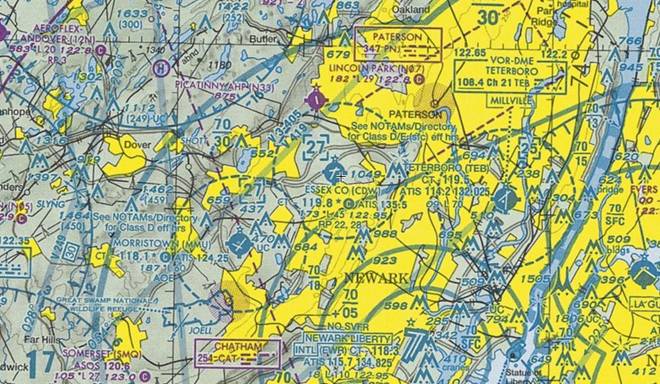

Naturally, this method allows but for a rough estimate: determining the precise position of the cell phone hinges on data regarding the coverage of a given cell which can only be provided by the Google server.Ĭompared to traditional localizers based on GPS, this device presents many advantages, primarily because it is lighter and less bulky, has a cost lesser and greater autonomy to exercise. The idea of employing only a GSM device to build a remote localization system occurred to us when we realized that Google Maps Mobile, which had been conceived to allow smartphones equipped with a GPS receiver to use Google for satellite navigation, was extended to all cell phones, as long as they were able to support GPRS or UMTS data. It can be deduced that the more cells are found in a given area, the more precisely one can determine where the phone is located (up to 200-350 feet). For example, if the maximum distance has been determined to be one mile, the cell phone can be within a one-mile radius. For this reason, once a cell name and coordinates are known, and considering the maximum distance allowed between this cell and a phone before the phone connects to a new cell, it is possible to find out, approximately, the most distant position of the phone itself.
Gbush localizer dfw code#
But how does GSM localization work? The radio mobile network is made up of a number of adjacent radio cells, each of which is characterized by an identifier consisting of four data: a progressive number ( Cell ID), a code related to the area in which that given cell is ( LAC, or Local Area Code), the code of national network to which the cell belongs (MCC, an acronym for Mobile Country Code), and finally the company code (MNC, or Mobile Network Code), which obviously identifies the phone company itself. If so, where do we find such data? Through Google Maps… Google has been able to store billions of data regarding the location of its clients’ cell phones. In some country the cell coordinates are not publicly known (i.e. This system allows for localization without directly using GPS technology we are able to locate the desired object fairly precisely by using database availability together with the geographic position of the cells themselves.


 0 kommentar(er)
0 kommentar(er)
